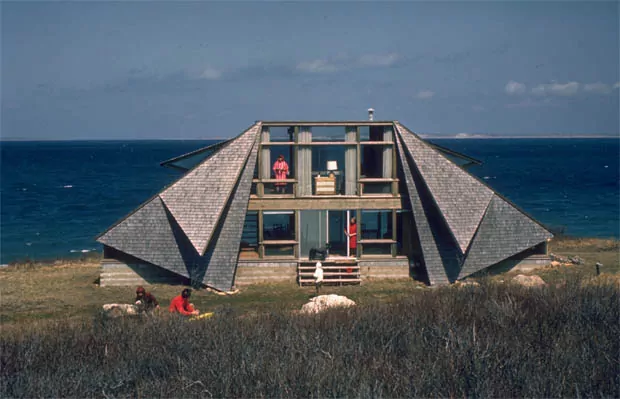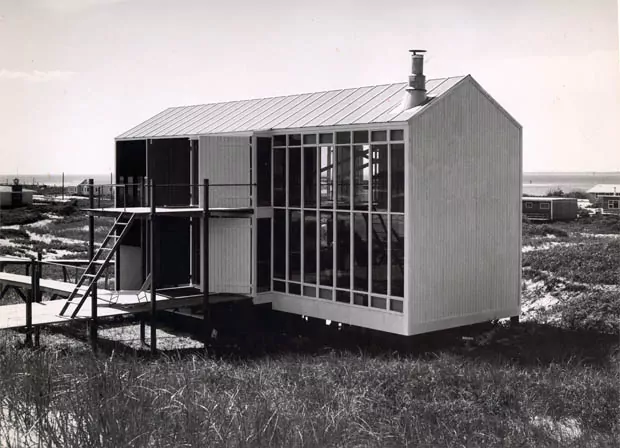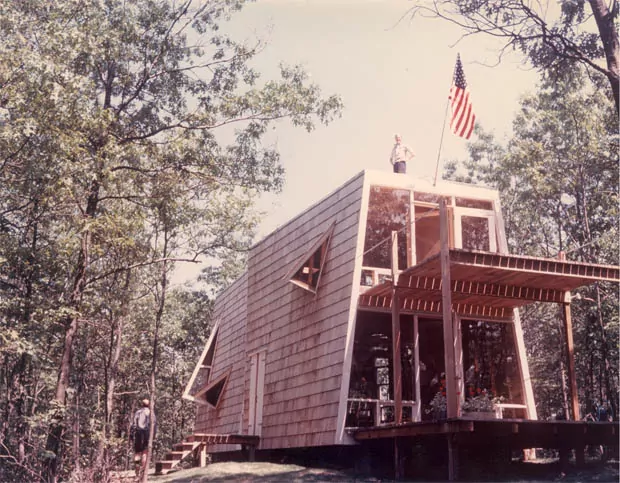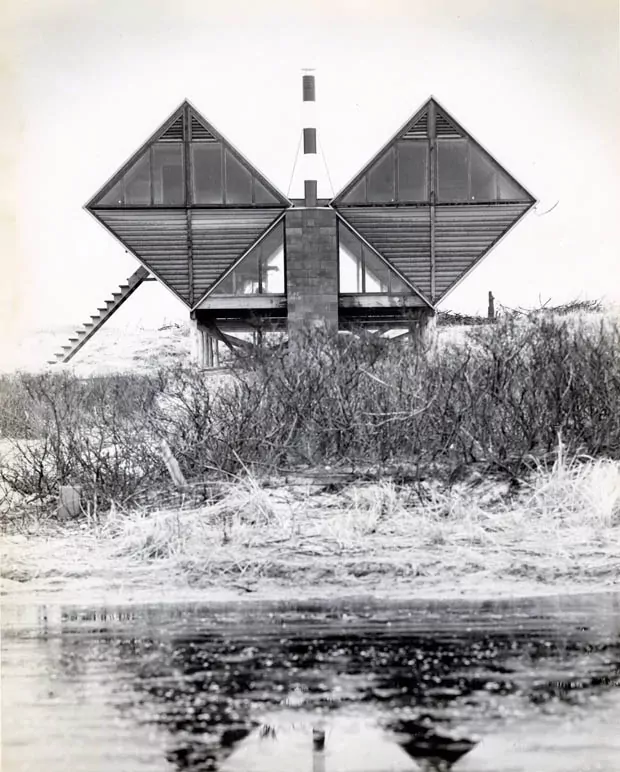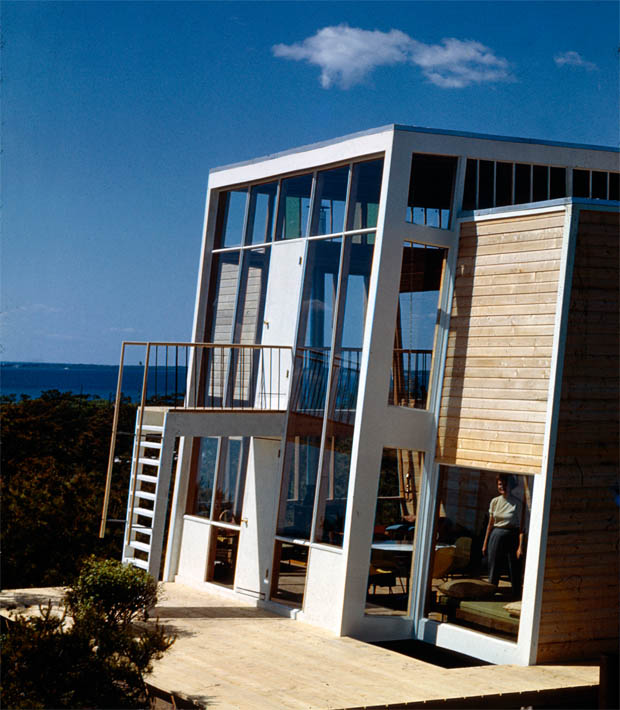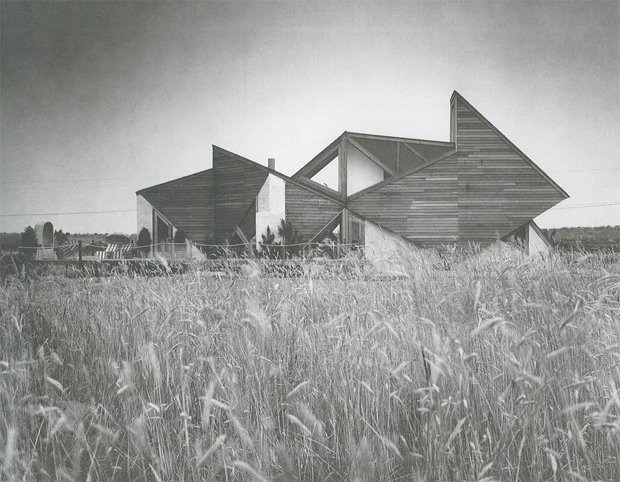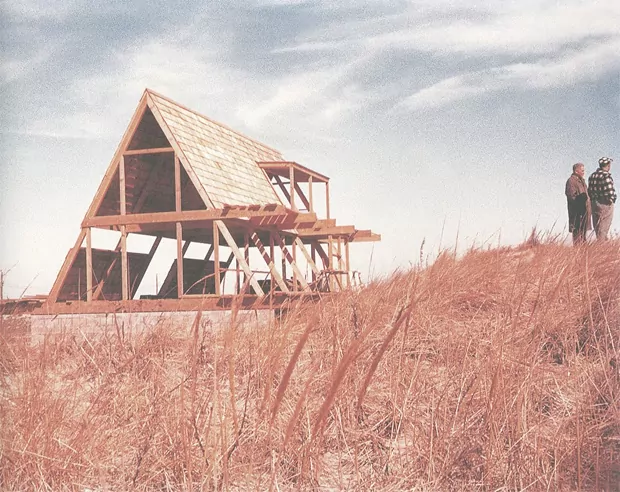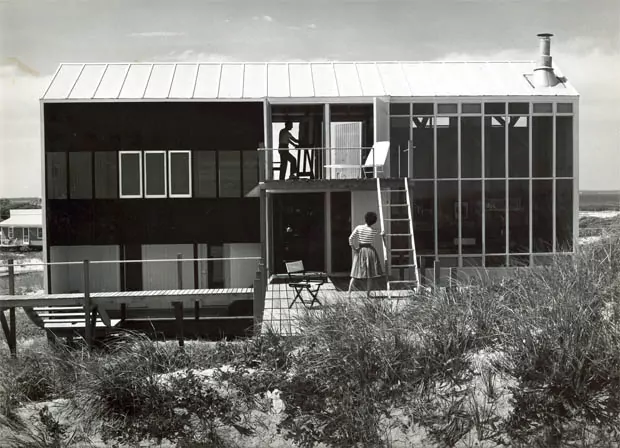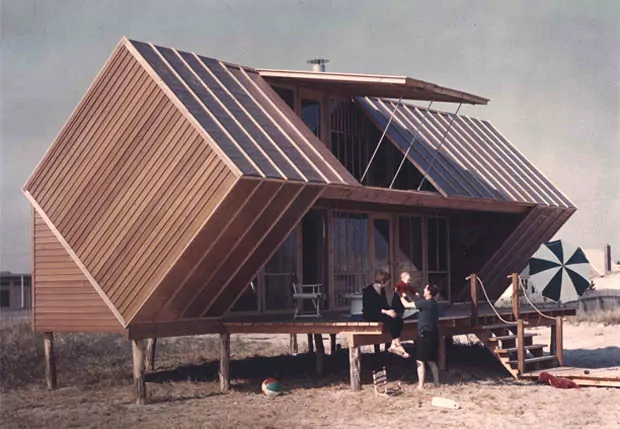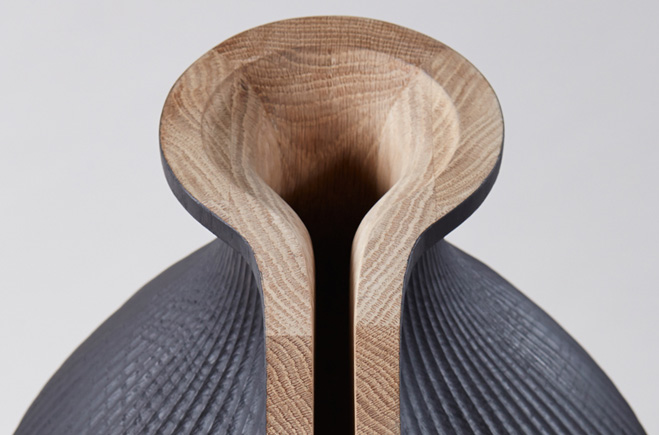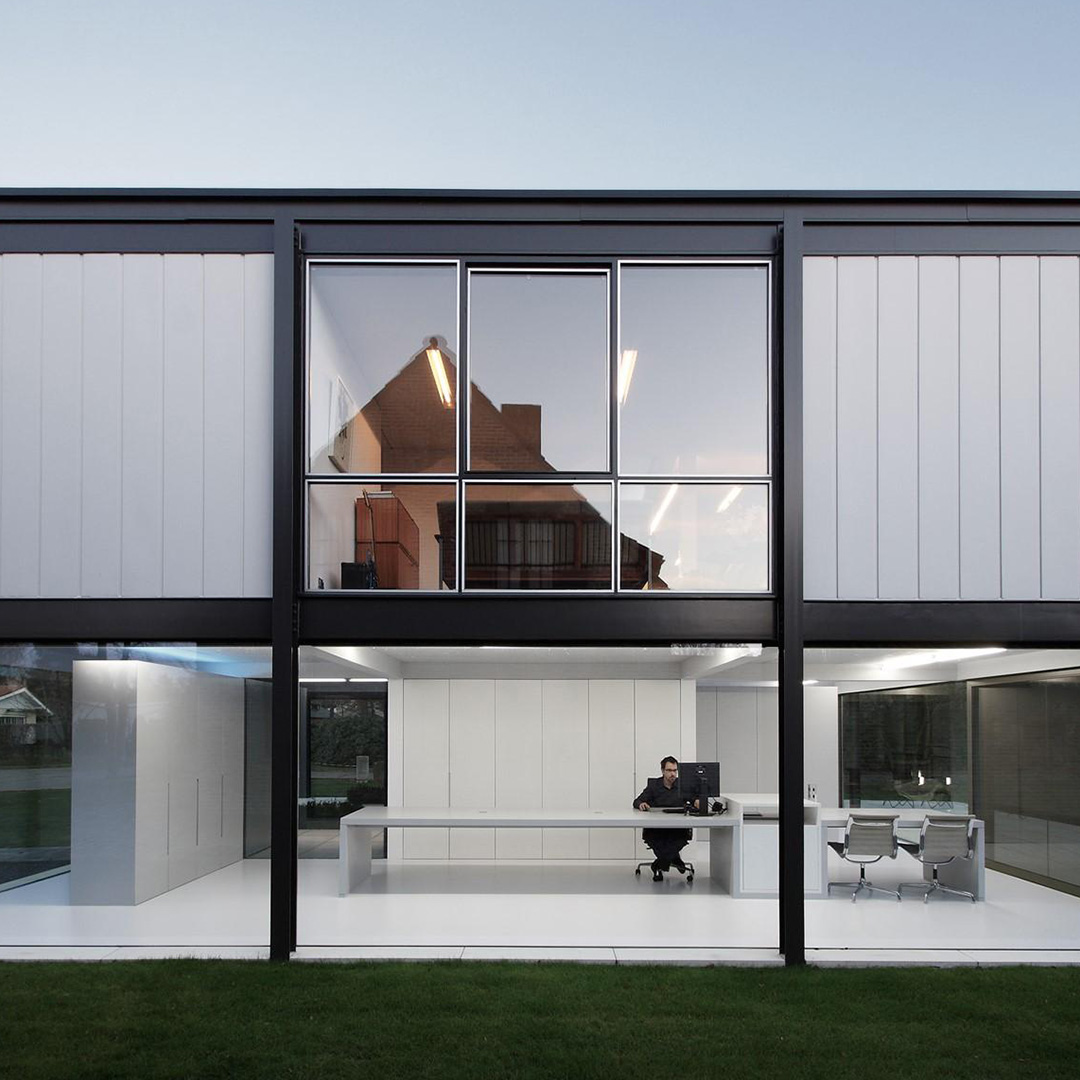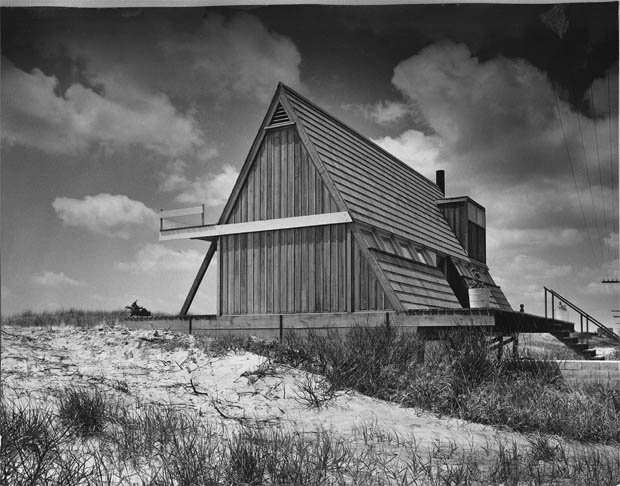
Residential Series from The Andrew Geller Architectural Archive

We like unconventional thinkers here, the ones who think differently, who see possibility and disregard limitation. Mid-century architect Andrew Michael Geller fits snugly into this bracket with his experimental approach to architecture, having helped shape what we perceive mid-century modern architecture to be today. I’ve been lucky enough to get in contact with his Grandson Jake Gorst who has taken it upon himself to maintain an archive of his grandfathers work, cataloguing imagery and information so that his life’s work is never forgotten.
An architect who embodied post war ingenuity and optimism, Andrew unfortunately past away in December of last year. We can however be grateful for the developments he did make during his lifetime and thankful that Jake has dedicated his knowledge as a documentary filmmaker and historian to something so worthwhile and heartwarming, it’s really refreshing to see. I owe him a great deal as he kindly put together this incredible series for us straight after returning from a trip away, he’s obviously a real gent. Andrew was passionate about the idea of bringing modernism to the masses with these quirky linear creations. During the 1940’s he began to create unique summer houses for the waterfront communities of the Hamptons and Fire Island. Without being traditionally trained he was able to create these striking homes that attracted the attention of the high circulated magazines such as Life, Sports Illustrated and Esquire. His style provided a fresh approach and challenged the status quo of the profession at the time.
His persistence to create originality defined him and set him apart from the conventional architect, he wasn’t always appreciated by his peers who stuck to conventions but he didn’t care for the mould, which is why I believe he became so coveted and admired. Looking back over this series you can understand why some individuals didn’t appreciate his eye for the experimental creation, I’m sure not everything he created was a success. However in the same way that Dali or Picasso strove to find new levels and conventions within their paintings Geller refined his style home by home leaving behind a remarkable legacy. The term legend is thrown around all too much but I really feel that Andrew lives up to this title. I’m sure that his talents won’t be forgotten and many an architect today will be using his unconventional style as a reference to empower their own unique designs. If you’ve got the time I’d really recommend this read by Alastair Gordon who was a close friend of Andrews and of course a visit to his foundation website which Jake is currently in the process of updating. Enjoy!
